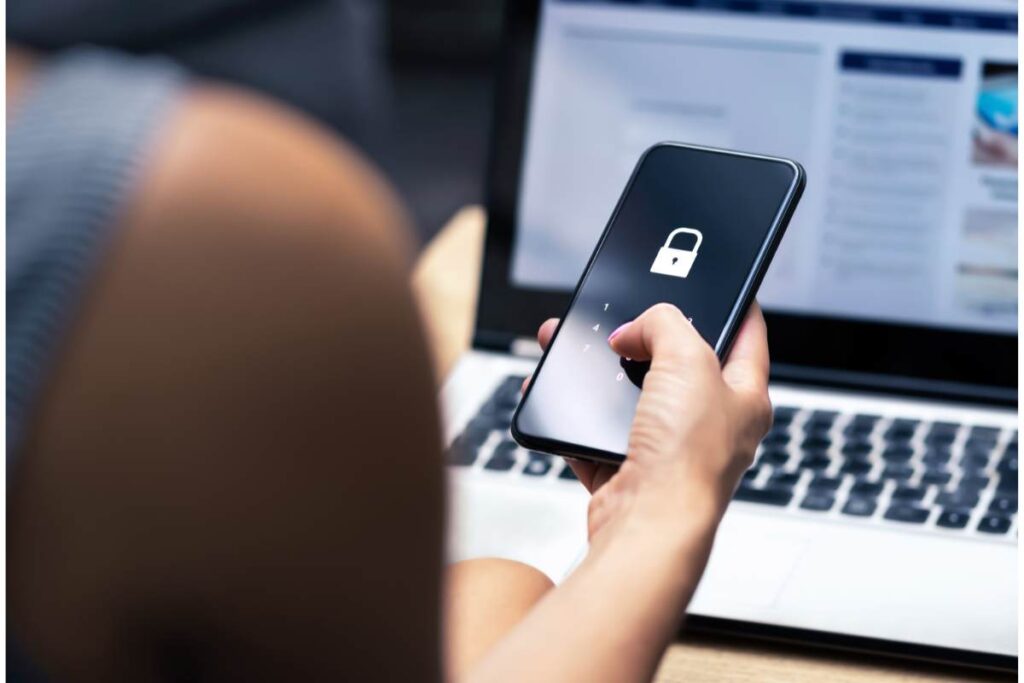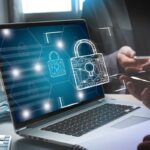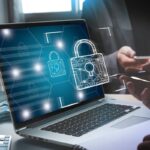Innovative Ways to Protect Your Privacy with Security Cameras

Because they help us defend our homes and companies, security cameras have become an indispensable part of our lives. Although they have many advantages, privacy issues have also increased. This essay will look at creative approaches to employing security cameras while maintaining a privacy-security balance. By putting these tactics into practice, you can benefit from surveillance protection without sacrificing your privacy.
Select Advanced Privacy Options
Contemporary security cameras are outfitted with sophisticated privacy configurations. You can designate private areas where the camera won’t record or keep an eye on things with these options. You can make certain places off-limits, such as windows and adjacent properties or private regions. This function protects your privacy by ensuring your camera only focuses on the most critical areas.
User-Permitted Facial Recognition
Nowadays, a lot of security cameras use facial recognition software. You may set your camera to identify friends, family, and others you trust and get personalized notifications and alerts. It improves security and preserves privacy for people you trust while alerting you immediately if an unexpected face is spotted on your property.
Options for Local Storage
Consider security cameras that provide local storage alternatives instead of merely using online storage. You can exercise greater control over your data by saving video footage straight to a network-attached storage (NAS) or local device. By lowering the possibility of unwanted access to your video footage, this technique adds another degree of privacy protection.
Encryption from end to end
Select security cameras that provide data transfer with end-to-end encryption. By doing this, you can be guaranteed that your video feeds are encrypted safely from the camera to the screen. Without the encryption key, the data will be illegible even if intercepted. This technology protects your video from possible hacks.
Authentication with Two Factors
Adding an extra layer of security to prevent unwanted access to the mobile app or web interface for your security camera is possible by using two-factor authentication (2FA). With the secondary authentication option, your camera feeds will be available to everyone who manages to get their hands on your login credentials. Your privacy is shielded from nefarious parties by this feature.
Surrounding
A vital tool that can improve security and privacy is geofencing. Your security cameras can be set to turn on or off automatically with geofencing based on the location of your smartphone. The cameras are set to record and monitor your property when you depart. They deactivate to protect your privacy when you get back. Automation guarantees privacy when requested and surveillance when required.

Safe Wireless Networks
To keep your security camera system safe, you must maintain a secure Wi-Fi network. Make sure your Wi-Fi network and camera equipment have strong, one-of-a-kind passwords. Update the firmware on your router regularly, and turn on network encryption techniques like WPA3. Your camera feeds are protected from unwanted access by a secure network.
Frequent Updates for Software
Update the firmware and software of your security camera. Updates are frequently released by manufacturers to fix security flaws and enhance protection. If you ignore upgrades, your system may be vulnerable to privacy violations. If your camera is compatible, turn on automatic updates to always have the most recent security patches.
Discreet Privacy Guidelines
Carefully consider the privacy policies of the brands and providers of security cameras you choose. Choose businesses that are open and honest about how they manage your information. Seek out unambiguous descriptions of user rights, sharing policies, and data retention. Making educated decisions to safeguard your privacy is facilitated by understanding how your data is managed.
Safe Physical Entry
Put your security cameras in tamper-resistant casing and out of reach to protect them physically. To stop tampering, make sure cables and wires are tight and inconspicuous. Physical security measures are as necessary as digital ones for protecting your privacy.
Conclusion
Cutting-edge security camera technology provides a reliable way to keep your family and property safe. Finding a balance between security and privacy is essential, though. You can use facial recognition, local storage, encryption, sophisticated privacy settings, and other techniques covered in this article to take advantage of security camera benefits while maintaining your privacy. In an increasingly connected world, it’s essential to remember that maintaining secure networks, remaining up to date on privacy rules, and securing physical access to your cameras are all necessary measures to guarantee complete privacy protection.






